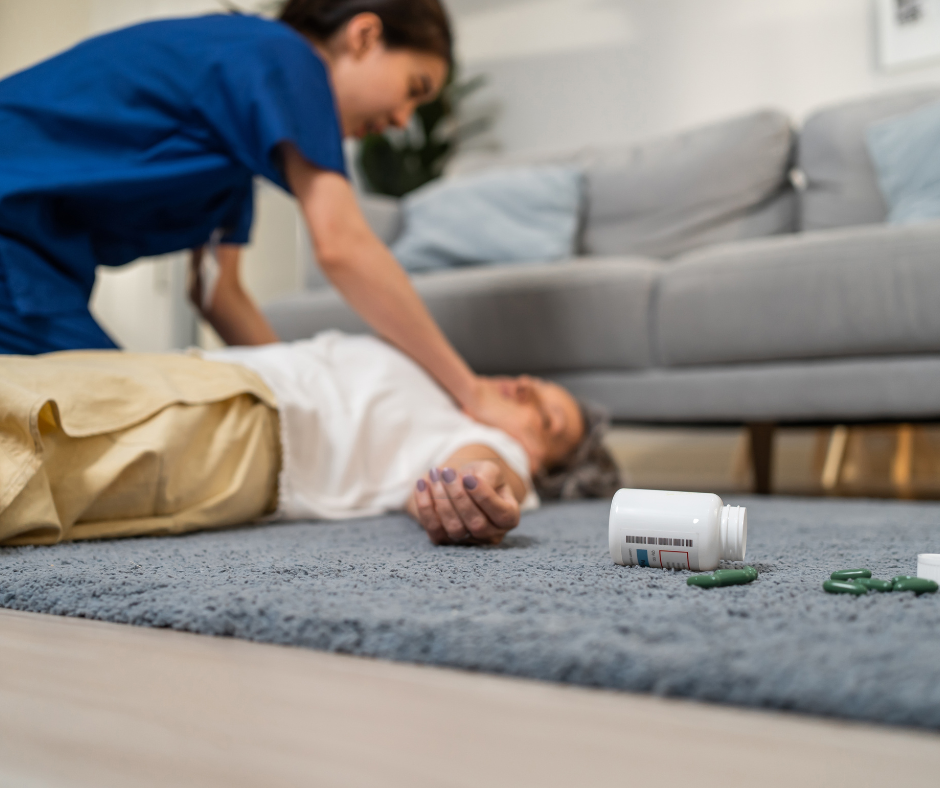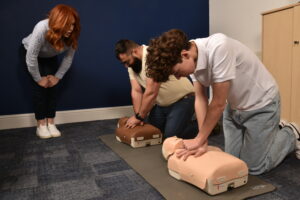First aid training for caregivers is more important than many people realise. Whether you’re supporting an elderly relative, helping a friend after surgery, or working as a home carer, knowing how to respond in an emergency can make a critical difference. In this article, we explore why first aid training for caregivers is essential, what it includes, and how it can help in everyday life.
Why First Aid Training for Caregivers Is So Important
Caregivers are often the first people on the scene when someone falls, chokes, or experiences a medical issue. Without basic first aid knowledge, it can be hard to stay calm or know what to do. First aid training for caregivers gives people the tools to respond quickly and effectively, offering reassurance to both the person receiving care and those around them.
What You Learn in First Aid Training
A first aid course covers a wide range of situations that caregivers may face. This includes how to:
-
- Handle choking, bleeding, and burns
-
- Perform CPR and use an automated external defibrillator (AED)
-
- Recognise signs of a stroke or heart attack
-
- Put someone in the recovery position
-
- Respond to seizures or diabetic emergencies
These skills are practical and hands-on, with real-life examples to help you feel prepared for any situation.
Everyday Emergencies Caregivers Might Face
First aid training for caregivers isn’t just about life-threatening emergencies. It also covers common incidents like minor burns, fainting, trips, and falls. Being able to deal with these calmly can prevent a small problem from turning into a serious one.
First Aid Training Builds Confidence
Many caregivers worry about what would happen if someone collapsed or became unwell. First aid training builds confidence by helping people understand what to do and when to call for help. This peace of mind makes daily caregiving less stressful and more secure.
Is It a Requirement?
While first aid training may not always be a legal requirement for family carers, it is often required in professional care settings. According to the NHS, knowing basic first aid can help people respond more quickly and save lives. Care providers and employers are also expected to follow the Health and Safety (First-Aid) Regulations 1981, which highlight the importance of having trained staff.
Further Resources
If you’re considering taking a course, check out our guide to choosing the right first aid course for your needs. We also offer advice for caregivers supporting family members.
First aid training for caregivers is a simple step that can make a huge difference. It’s about being prepared, staying calm, and knowing how to act when it really matters. Whether you’re a professional or caring for someone at home, the knowledge you gain could one day help save a life.





